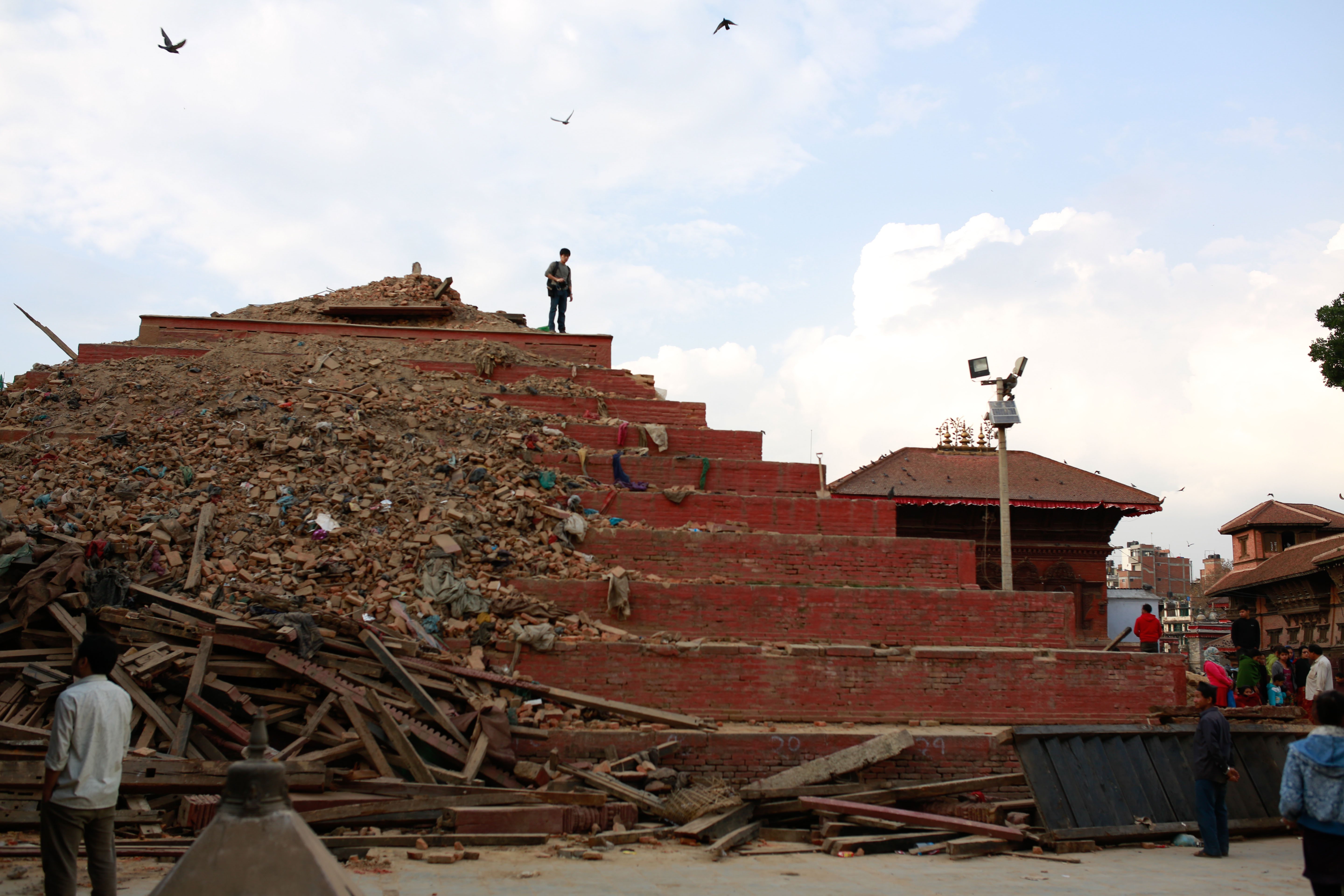In 2013, I interviewed Jo Scheuer, a United Nations official advising countries on natural disaster risk reduction. He’d been all over the world, surveying places vulnerable to floods, earthquakes and droughts, and I asked him what natural disaster scenario he feared the most. Without hesitation he replied: “The one that personally keeps me up at night, the one I fear the most is an earthquake in Kathmandu Valley. It’s one of the catastrophic hotspots in the world. We are waiting for it to happen, basically.”
And on Saturday in Nepal, it did. The exact death toll and extent of the damage is still being assessed. But signs point to a major catastrophe, and in crises like this one, the glaring shortage of aid resources will likely translate to more misery on the ground.
For the U.N. agencies and nongovernmental organizations specializing in disaster response, this earthquake could not have come at a worse time. The international humanitarian response system — the constellation of groups such as the World Food Program, UNICEF, the Red Cross, Save the Children, Médecins Sans Frontières and others — has never been stretched as thin as they are today. Between crises in South Sudan, the Central African Republic, Iraq, Yemen, the Ebola outbreak in West Africa and Syria, there have never been as many huge humanitarian crises happening all at the same time. In U.N.-speak these are each called “Level 3” emergencies. There is no Level 4.
